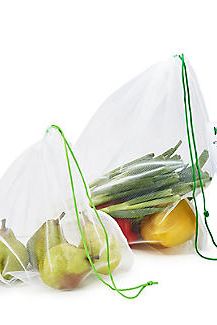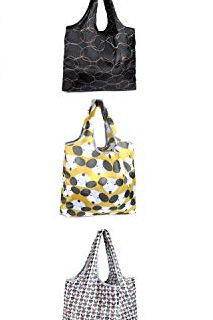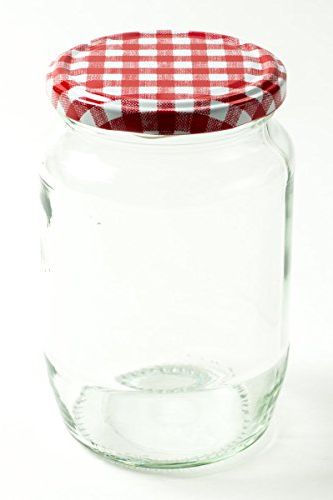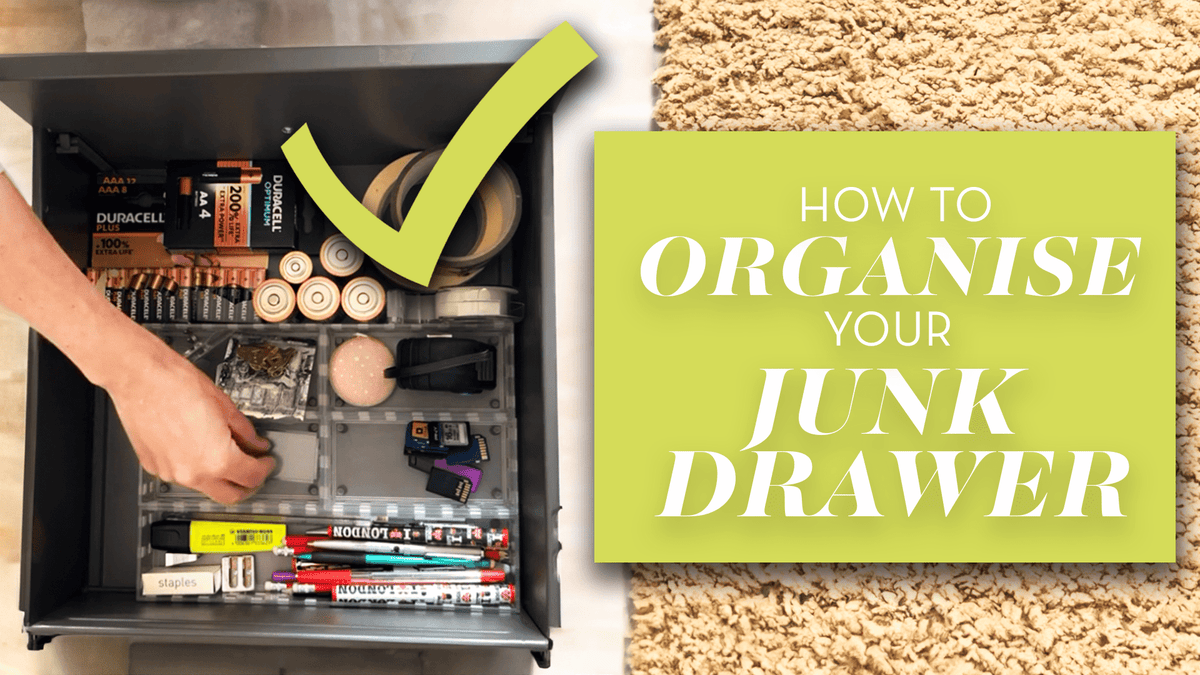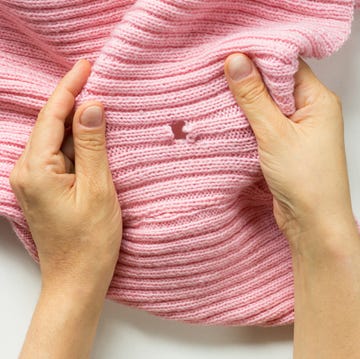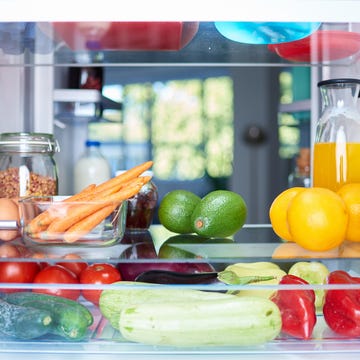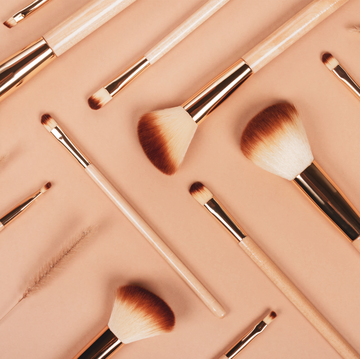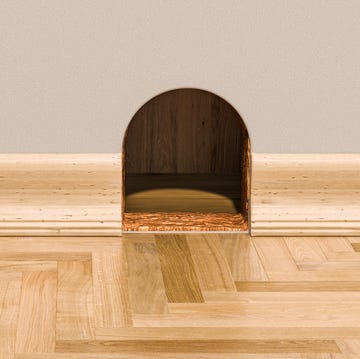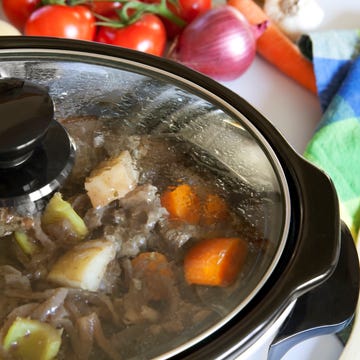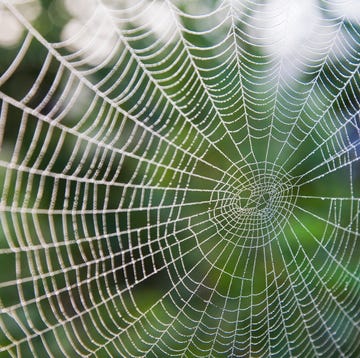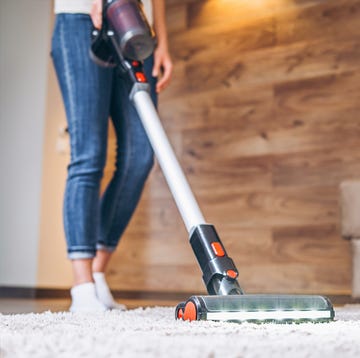Love Good Housekeeping and want more of our Triple-Tested recipes, home tips, fashion inspiration, essential consumer advice and so much more delivered to your inbox? Sign up to our FREE weekly newsletters, sit back and enjoy!
At the GHI, we've been testing cleaning products for over a hundred years, and we've long raved about the benefits of distilled white vinegar. But why is it such a fabulous product?
Not only is vinegar effective at cutting through grease and grime and getting surfaces clean, it's also widely available, cheap and non-toxic, meaning it's a lot safer to have around the house than cleaners like bleach.
If you want to jump on the bandwagon and give this natural cleaner a try, here are a few of the ways you can use it.
Clean windows
Instead of spending money on window cleaners – especially ones that include toxic or potentially toxic chemicals – why not make your own? Fill a spray bottle with one part distilled white vinegar and one part water. Spray onto the glass and then use a lint-free cloth to wipe and then chamois leather to buff dry to a brilliant shine.
Banish limescale from your bathroom
Using the same spray bottle, spritz it regularly in your bathroom on tiles, basins and taps, rinsing them with water afterwards.
To remove a build-up of limescale on taps, wrap a cloth soaked in the vinegar solution around the tap and leave overnight. Use an old toothbrush soaked in the solution to work away any remaining residue.
GHI Tip: Don't use vinegar on plated taps, particularly gold ones, because the acid can damage the finish!
For showerheads, pour the vinegar solution into a plastic bag and fasten it over the showerhead using an elastic band so the holes are immersed in the liquid. After an hour, remove the bag and run the shower on hot to flush it through.
Get rid of limescale build-up in your kettle
Fill your kettle to just beneath half-full with water, then part-boil it, switching off the power before it starts to bubble. Unplug the appliance and then carefully top up with vinegar, taking it to ¾ full. Leave for several hours or overnight (make sure no one will need it in the interim), then tip away and boil up a fresh batch of water to rinse.
Cleaning cloudy glassware
If you have glasses in the back of your cupboard that you avoid using, revive them by soaking for five minutes in distilled white vinegar to remove the cloudy stains.
Deep-clean your dishwasher
To deep clean your dishwasher, place a dishwasher-safe bowl filled with 500ml distilled white vinegar on the top rack (sit it upright), then run the machine on empty on its usual setting with no detergent.
Clear your drains
When vinegar is combined with bicarbonate of soda, the chemical reaction can be handy for dislodging residue and grime; this makes it handy for regularly clearing your drains. Simply tip 125g of bicarb down the drain, then pour 125ml of heated vinegar on top. Cover it over with a damp towel; you will hear some fizzing as it gets to work. Then wait for 5 minutes and flush with hot water afterwards.
Keep in mind that this helps with everyday cleaning rather than dealing with a significant blockage. A drain auger and a plunger may be needed for that!
Wash fruit and veg
Vinegar can help remove bacteria and pesticide residues from fruits and vegetables. Mix three parts water to one part white vinegar, and dispense from a spray bottle onto produce, then rinse with water.



